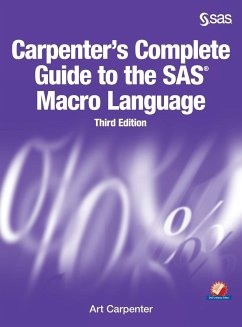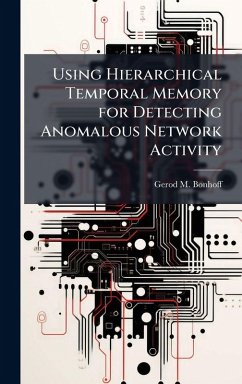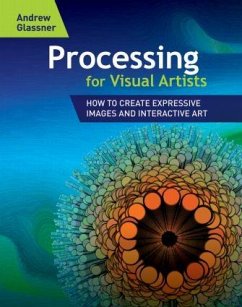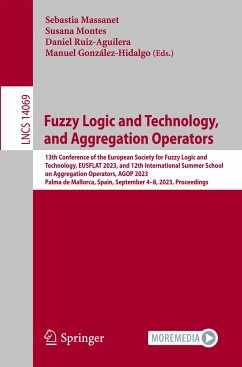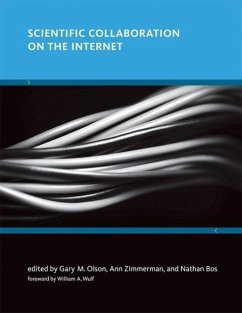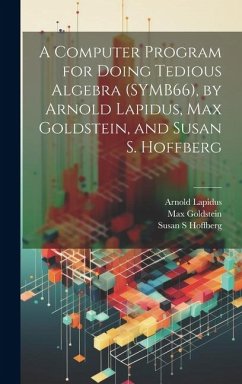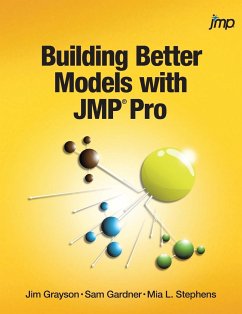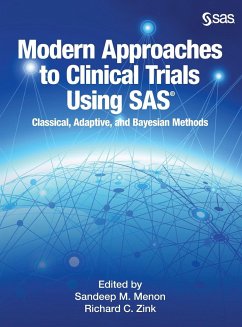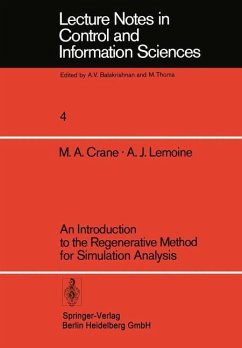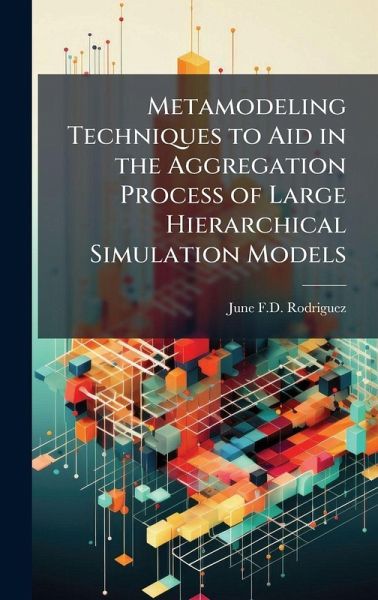
Metamodeling Techniques to Aid in the Aggregation Process of Large Hierarchical Simulation Models
Versandkostenfrei!
Versandfertig in über 4 Wochen
30,99 €
inkl. MwSt.
Weitere Ausgaben:

PAYBACK Punkte
15 °P sammeln!
This research investigates how aggregation is currently conducted for simulation of large systems. The purpose is to examine how to achieve suitable aggregation in the simulation of large systems. More specifically, investigating how to accurately aggregate hierarchical lower-level (higher resolution) models into the next higher-level in order to reduce the complexity of the overall simulation model. The focus is on the exploration of the different aggregation techniques for hierarchical lower-level (higher resolution) models into the next higher-level. We develop aggregation procedures betwee...
This research investigates how aggregation is currently conducted for simulation of large systems. The purpose is to examine how to achieve suitable aggregation in the simulation of large systems. More specifically, investigating how to accurately aggregate hierarchical lower-level (higher resolution) models into the next higher-level in order to reduce the complexity of the overall simulation model. The focus is on the exploration of the different aggregation techniques for hierarchical lower-level (higher resolution) models into the next higher-level. We develop aggregation procedures between two simulation levels (e.g., aggregation of engagement level models into a mission level model) to address how much and what information needs to pass from the highresolution to the low-resolution model in order to preserve statistical fidelity. We present a mathematical representation of the simulation model based on network theory and procedures for simulation aggregation that are logical and executable. This work has been selected by scholars as being culturally important, and is part of the knowledge base of civilization as we know it. This work was reproduced from the original artifact, and remains as true to the original work as possible. Therefore, you will see the original copyright references, library stamps (as most of these works have been housed in our most important libraries around the world), and other notations in the work. This work is in the public domain in the United States of America, and possibly other nations. Within the United States, you may freely copy and distribute this work, as no entity (individual or corporate) has a copyright on the body of the work. As a reproduction of a historical artifact, this work may contain missing or blurred pages, poor pictures, errant marks, etc. Scholars believe, and we concur, that this work is important enough to be preserved, reproduced, and made generally available to the public. We appreciate your support of the preservation process, and thank you for being an important part of keeping this knowledge alive and relevant.



